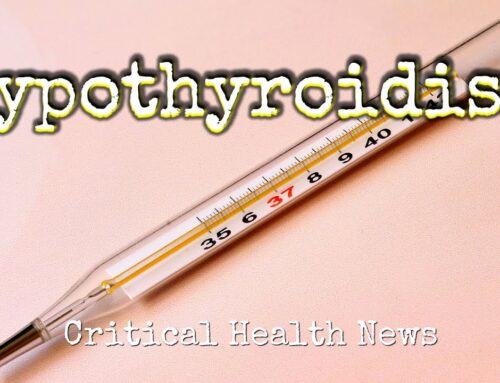Most of us are aware that the pH of the blood is an important marker of good health, but why that is so is somewhat shrouded in mystery. PH measures the movement of energy. The pH scale runs from zero to fourteen, where numbers under seven represent the movement of energy from something that is said to be “acidic”, while numbers over seven represent its movement towards something that is said to be “non acidic” or “alkaline”.
When acid and alkaline get together, they create a current. When that current is captured in a metal box or a tube, it creates what is called a “battery”. On all batteries, you’ll find a plus and minus sign, indicating positive and negative charges. Negative corresponds to acid and represents the outward motion of energy. Positive is alkaline and represents the sucking up of energy.
When the two interact, electrical energy flows. This electrical flow, that is the result of the relationship between the two, can be used to run machines. The human body is a machine. For it to run optimally, the electrical energy must be able to flow effectively and powerfully. When the blood is alkaline, it can pull or suck energy more effectively from the foods we eat and we’re healthy.
As the pH drops to acid, this pull becomes weaker and weaker. Energy flow suffers, we become malnourished and ultimately sick. This is why it’s been said “alkalize or die” and this is why blood pH is such an important marker of good health.










